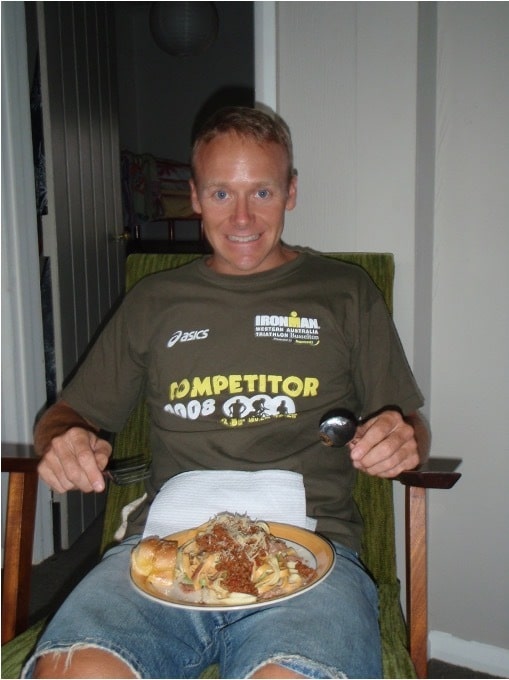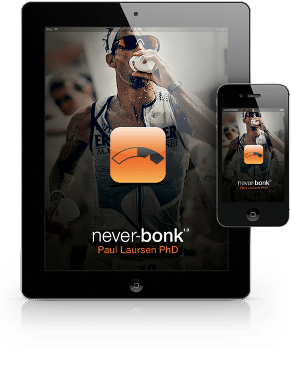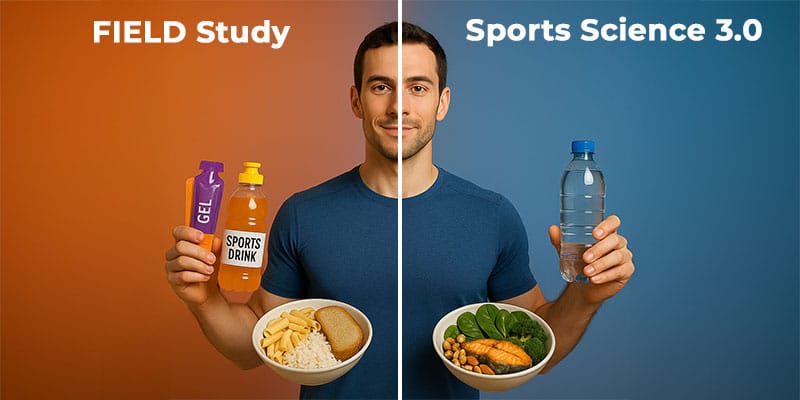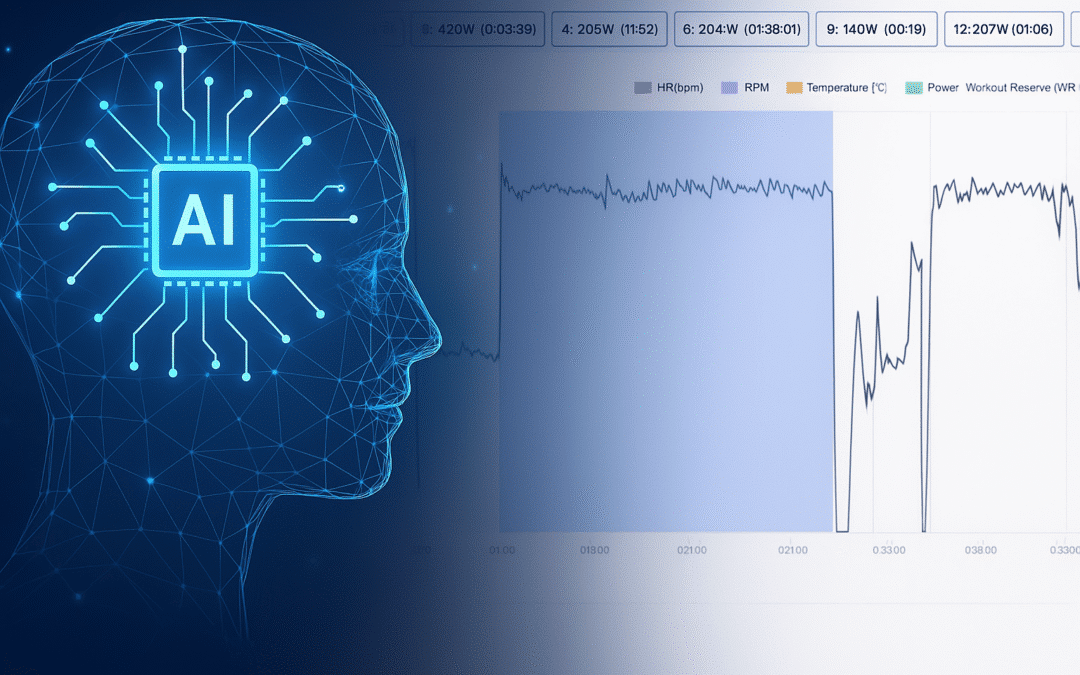1 | Why FIELD?
What we eat before and during training shapes how hard we can go, how long we can hold it, and how quickly we bounce back. Yet even after decades of laboratory work, the endurance world still splits into camps: high-carbohydrate advocates on one side, low-carbohydrate devotees on the other, and many hybrids in between.
The Fueling Influence on Endurance Load & Development (FIELD) Study is my attempt—our attempt—to move this discussion beyond anecdotes and into large-scale, real-world evidence. By pairing a short nutrition survey with the training data athletes already capture through Athletica, we can observe how different fueling patterns relate to performance thresholds, fatigue resistance, and recovery over months—not just over a few lab visits. This is Sports Science 3.0 in action.
Meet the Research Team
FIELD is guided by a multidisciplinary panel of scientists—including Prof. Tim Noakes, Prof. Jeff Volek, Dr. Andrew Koutnik, Dr. Philip Prins, and other leaders in exercise metabolism and endurance physiology—working together to analyse the dataset and keep the study balanced, rigorous, and transparent.
2 | My Journey Through the Fueling Spectrum
I’ve stood on every rung of this ladder.
High-carb years:
As a younger endurance athlete I did everything to maximise carbohydrate availability: pasta nights, energy gels every 20 minutes, even building an app—NeverBonk—that predicted exactly how many grams of carbohydrate I “needed” each hour to sustain target power.


Low-carb exploration:
Years later I tested, coached, and published on low-carb, high-fat strategies. The benefits I saw—especially for endurance events and day-to-day metabolic control—were real. I now have countless peer-reviewed papers alongside world class athletes like Andi Boecherer detailing when and why reduced-carbohydrate approaches can work.
3 | From Lab Benches to Training Logs
Sports Science 3.0 in Action
Traditional nutrition research usually brings twenty volunteers into a chamber, feeds them controlled meals, and measures a few weeks of outputs. Valuable, but limited.
With today’s wearables and cloud databases we can observe thousands of athletes where they actually train. Inside Athletica every new user imports up to two years of historic sessions—pace, power, heart rate, sleep, HRV. By adding a 15-minute survey on long-term diet and race-day fueling habits, we can finally ask one neutral question:
How do different fueling patterns—higher-carbohydrate, lower-carbohydrate, or mixed—relate to changes in critical power, fatigue resistance during long efforts, and potential age and sex-specific responses over time?
FIELD won’t answer everything, but it pushes the conversation from “my experience” to “our collective data.”
4 | How to Take Part
- Fill out the 15-minute FIELD survey.
- Start a free 2-week Athletica trial and connect your Garmin, Strava, Wahoo, Concept2, or Intervals.icu account.
- (Optional) Upload a recent 7-day food log if you already track intake.
Your responses link to your training data via matching email; everything is anonymised before analysis. Participation is voluntary, and you can withdraw at any time.
5 | Where We Go From Here
Once we have a critical mass of participants, our research team—spanning voices on all sides of the debate—will begin reporting aggregate findings. No promises, no one-size-fits-all prescriptions. Just a clearer picture of how everyday fueling choices relate to everyday performance.
If you’re curious, sceptical, or simply want your data to count, I’d value your contribution.
Ready to join FIELD?
→ Take the FIELD Survey
→ Start Your Free Athletica Trial
Because the next step in the fueling debate isn’t louder opinions—it’s larger datasets.






